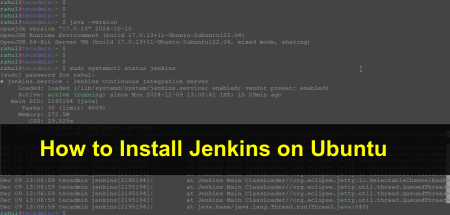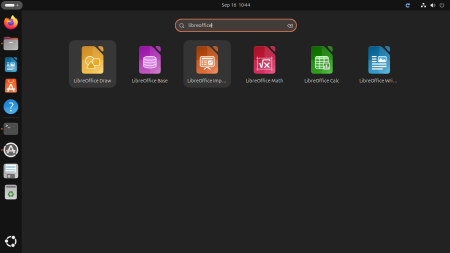The Extended (ext) filesystem was the first filesystem specifically developed in 1992 for Linux systems. The ext was the first extended filesystem used for Linux systems. After that ext2, ext3 and ext4 Linux filesystem developed time to time. All the data used in the tutorial has been taken from wikipedia.org.
Ext2 – The Second Extended Filesystem
Ext2 is also known as a second extended filesystem. Before ext3, it was the major file system used by a variety of Linux operating systems. It was developed to overcome the limitation of the original ext file system.
- Known as Second extended file system.
- Developed by Rémy Card.
- Introduced in 1993.
- Does not have journaling feature.
- On flash drives, usb drives, ext2 is recommended, as it doesn’t need to do the over head of journaling.
- Maximum file size can be 16GiB – 2TiB.
- Maximum filesystem size can be 2TiB – 32TiB.
- Maximum filename length can be 255 characters.
- Maximum number of files can be 10^18.
Ext3 – The Third Extended Filesystem
Ext3 is the third extended filesystem use for Linux operating systems. In ext3, the concept of journaling was introduced.
- Known as third extended file system.
- Developed by Stephen Tweedie.
- Introduced in 2001.
- Supports journaling filesystem.
- Maximum file size can be 16GiB – 2TiB.
- Maximum filesystem size can be 2TiB – 32TiB.
- Maximum filename length can be 255 characters.
Ext4 – The Fourth Extended Filesystem
Ext4 is the fourth extended filesystem use for Linux operating systems. It is current filesystem used by Linux operating systems. It has been developed to overcome some limitation and issues of ext3.
- Known as fourth extended filesystem.
- Developed by Mingming Cao, Andreas Dilger, Alex Zhuravlev (Tomas), Dave Kleikamp, Theodore Ts’o, Eric Sandeen, Sam Naghshineh, others.
- Introduced in October 2008.
- Supports journaling filesystem.
- Maximum file size can be 16TiB.
- Maximum filesystem size can be 50TiB [1EiB] (2^60).
- Maximum filename length can be 255 characters.
- Maximum number of files can be 4 billion.
- Recorded the crtime (file creation time).



